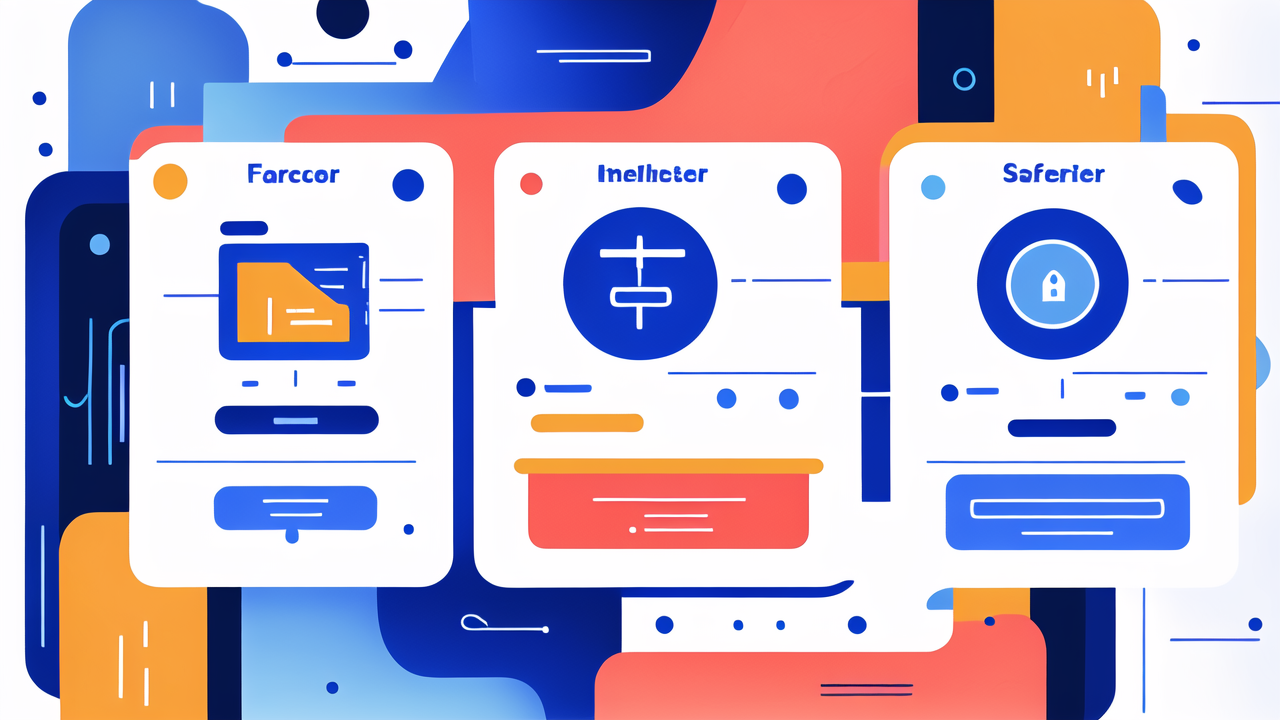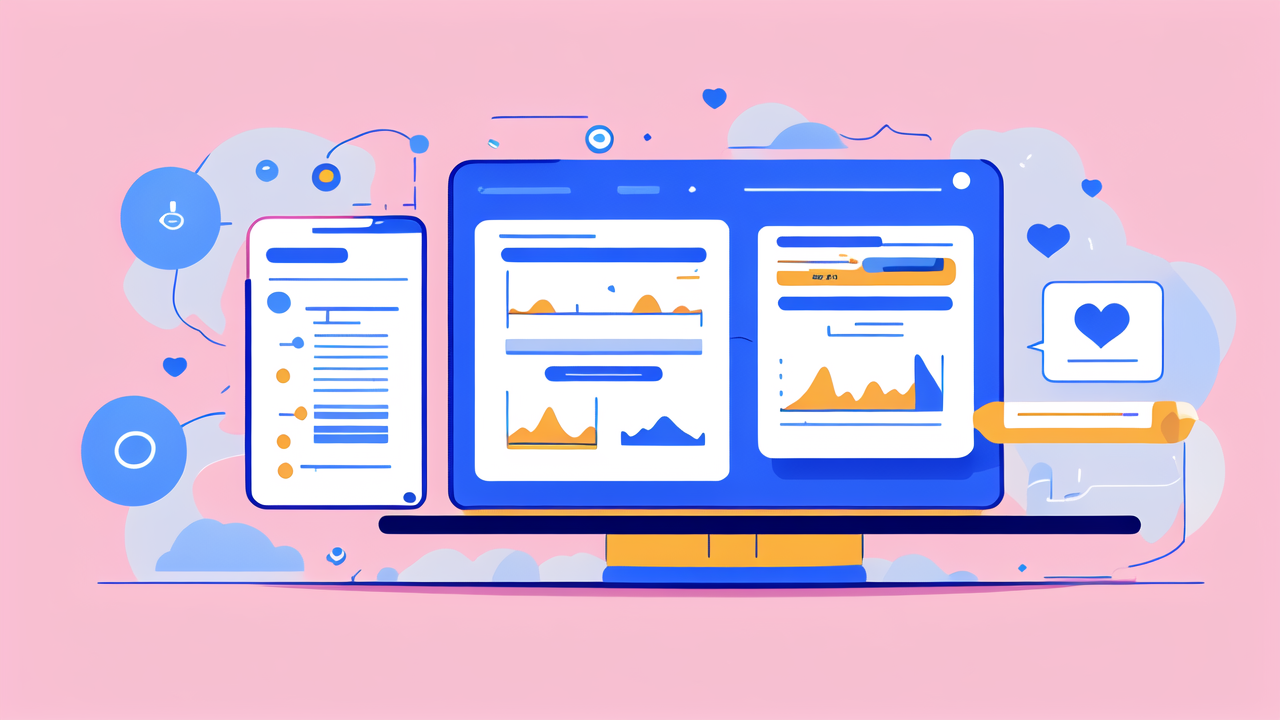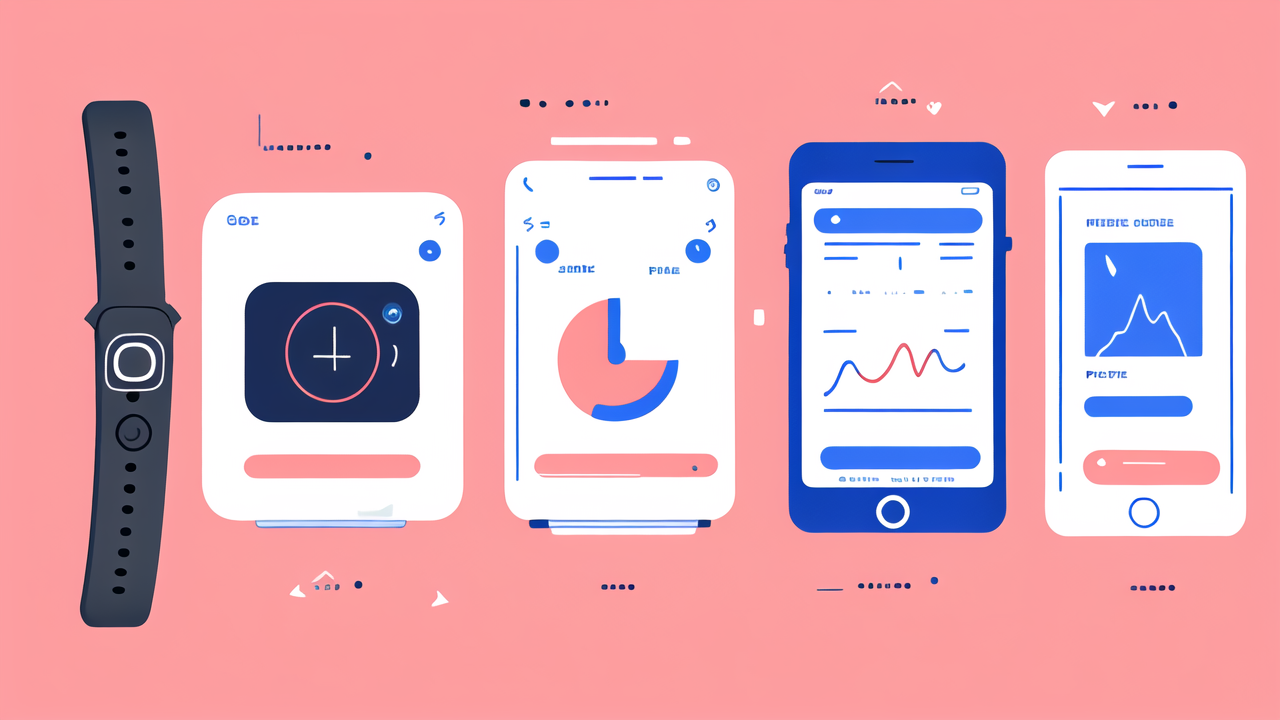The Evolution of Health Monitoring in the Digital Age
Understanding the Shift from Traditional Methods to Modern Health Monitors
Health monitoring has come a long way in recent years. In the past, we relied on annual check-ups and basic tests. Now, we have smart devices that track our health 24/7. This shift has changed how we approach healthcare.

Traditional methods often missed early signs of health issues. They were limited to brief doctor visits. Modern health monitors offer continuous tracking. They can detect subtle changes in our bodies. This allows for earlier intervention and better prevention.
Health monitors now come in many forms. There are smartwatches, fitness trackers, and even smart scales. These devices can track heart rate, sleep patterns, and activity levels. Some can even measure blood oxygen levels and detect irregular heartbeats.
The data from these devices is changing healthcare. It gives both patients and doctors more insight. This leads to more informed decisions about health and wellness.
The Role of Health Monitors in Data Collection and Analysis
Health monitors are powerful tools for data collection. They gather vast amounts of health information. This data is changing how we understand and manage health.
These devices collect data on various health metrics. This includes steps taken, calories burned, and sleep quality. Some advanced monitors can track blood pressure and glucose levels. All this data creates a detailed picture of a person's health over time.
The real power of health monitors lies in data analysis. Advanced algorithms can spot trends and patterns. They can alert users to potential health issues before symptoms appear. This early warning system is a game-changer for preventive care.
Health monitors also enable better communication with healthcare providers. Patients can share their data directly with doctors. This gives medical professionals a more complete view of a patient's health. It allows for more personalized and effective treatment plans.
The data collected by health monitors is also valuable for research. It provides insights into population health trends. This can inform public health policies and interventions.
Regulatory Influence on Health Monitoring Technologies
How Government Policies Shape Health Monitor Accessibility and Adoption
Government policies play a crucial role in shaping the health monitor landscape. They influence how these devices are developed, marketed, and used. In the U.S., several agencies oversee health monitoring technologies.

The FDA is a key player in regulating health monitors. It determines which devices are considered medical devices. This classification affects how they're tested and approved. The FDA's policies aim to ensure the safety and effectiveness of health monitors.
Policies also affect the accessibility of health monitors. Some initiatives promote the use of these devices in healthcare. For example, programs that provide health monitors to at-risk populations. These efforts can improve health outcomes and reduce healthcare costs.
Insurance policies also impact health monitor adoption. Some insurers now cover the cost of certain health monitors. This makes them more accessible to a wider range of people. It also encourages their use in preventive care.
Privacy laws are another important factor. They determine how health monitor data can be collected and used. Stricter privacy rules can build trust in these technologies. This can lead to greater adoption and more effective use.
Compliance and Regulatory Challenges for Health Monitor Manufacturers
Health monitor manufacturers face a complex regulatory landscape. They must navigate various rules and standards. This can be challenging, especially for new and innovative devices.
One major challenge is meeting FDA requirements. Manufacturers must prove their devices are safe and effective. This often involves clinical trials and extensive testing. The process can be time-consuming and expensive.
Data privacy is another key concern. Manufacturers must ensure their devices comply with laws like HIPAA. They need robust security measures to protect user data. Failing to do so can lead to legal issues and loss of consumer trust.
Interoperability is also a growing challenge. Health monitors need to work with other healthcare systems. This requires adherence to specific standards and protocols. It can be difficult to achieve, especially for smaller companies.
Keeping up with changing regulations is an ongoing challenge. Rules often evolve as technology advances. Manufacturers must stay informed and adapt quickly. This can be resource-intensive, but it's crucial for long-term success.
Future Directions for Health Monitoring in the U.S. Healthcare System
Innovations and Trends in Health Monitor Development
The future of health monitoring looks promising. New technologies are emerging that could revolutionize preventive care. These innovations aim to make health monitors more accurate, user-friendly, and integrated into daily life.

One trend is the development of non-invasive monitoring techniques. For example, devices that can measure glucose levels without needles. This could greatly improve the lives of people with diabetes. It would make monitoring easier and more comfortable.
Wearable technology is becoming more advanced and discreet. We're seeing health monitors integrated into clothing and jewelry. This makes it easier for people to track their health without obvious devices.
Another trend is the focus on mental health monitoring. New devices are being developed to track stress levels and mood changes. This could help in early detection and management of mental health issues.
Personalized health monitoring is also on the rise. Devices are becoming better at adapting to individual users. They can provide more tailored insights and recommendations. This could lead to more effective preventive care strategies.
The Integration of AI and Machine Learning in Health Monitoring
AI and machine learning are transforming health monitoring. These technologies can analyze vast amounts of data quickly and accurately. This leads to more precise health insights and predictions.
AI can detect patterns that humans might miss. It can identify early signs of health issues based on subtle changes in data. This could lead to earlier interventions and better health outcomes.
Machine learning algorithms can improve over time. As they analyze more data, they become better at predicting health trends. This could lead to more accurate and personalized health recommendations.
AI is also enabling more interactive health monitoring experiences. Chatbots and virtual assistants can provide real-time health advice. They can answer questions and offer guidance based on a user's health data.
The integration of AI raises some challenges, though. There are concerns about data privacy and the accuracy of AI predictions. Addressing these issues will be crucial for widespread adoption of AI in health monitoring.
In conclusion, health monitors are reshaping preventive healthcare in the U.S. They offer new ways to track and manage health. As technology advances, these devices will likely play an even bigger role in our healthcare system.




Leave a comment
This site is protected by hCaptcha and the hCaptcha Privacy Policy and Terms of Service apply.